
What would it be like if in Bucharest, a few steps away from the infernal traffic, noise, concrete and pollution that suffocates us, there was an oasis of vegetation with birds, wild animals, butterflies, trees and wildflowers? This is not science fiction. Bucharest already has such a place, the Văcărești Natural Park, and the association that fought for its preservation has identified 5 other “biodiversity islands” where the city has been conquered by nature, and together with the local authorities wants to highlight and open them. the public
It concerns the Băneasa forest, one of the treasures of the city, which is unfortunately neglected and threatened by real estate interests, the area behind Lake Morij, a piece of the coast of Lake Dobroşti, a piece of the Saulei valley, where the A3 motorway enters Bucharest passes and parts of the Tei peninsula, near Romsilva
Some of these areas are currently not available at all.
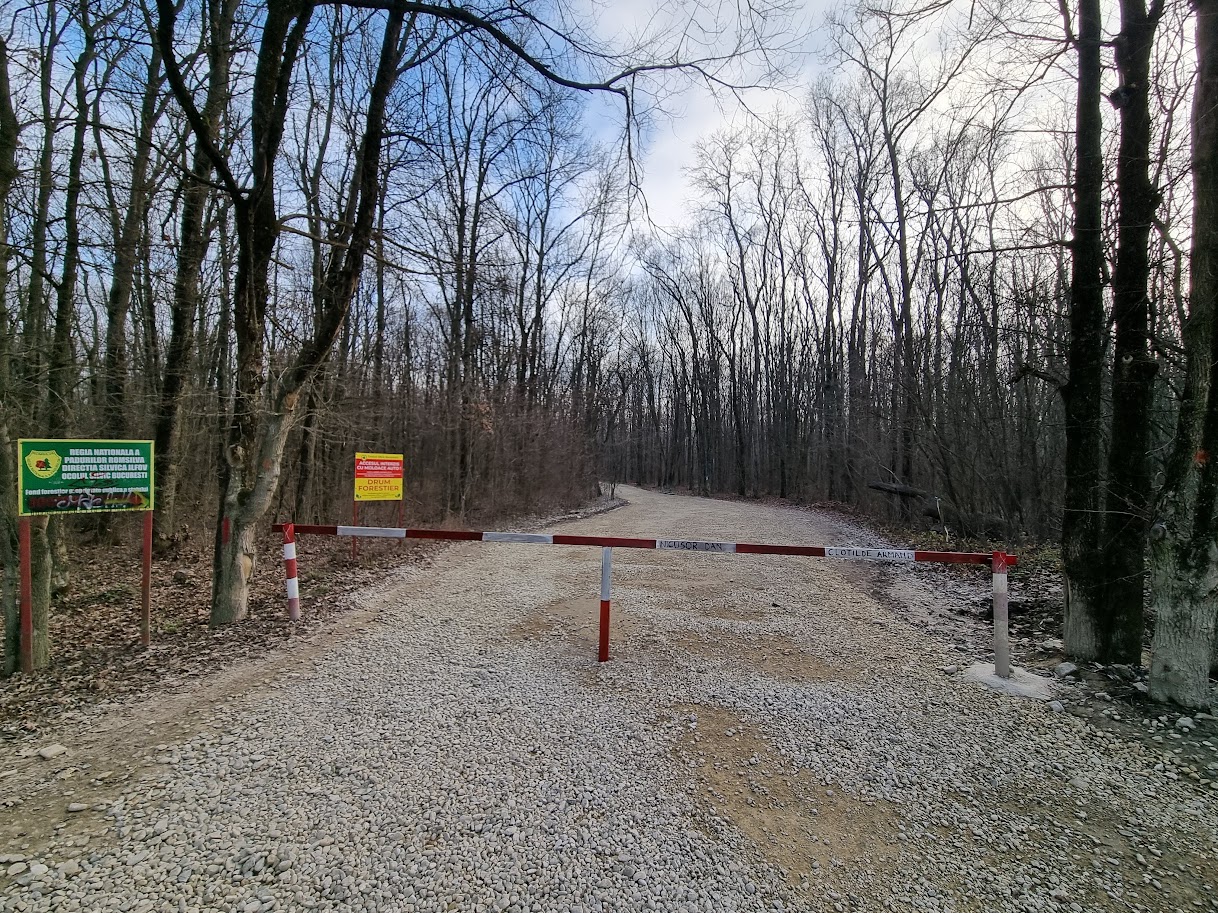
Photo: Baneas forest
Dan Barbulescu, director of the Association of Vaqueresti Natural Park, explains to HotNews.ro:
- “For the past 2 years, we have made a map of natural or semi-natural areas in the city, we have at least 5 such areas on our map, in addition to the Vakerest Nature Park. We are talking about the Băneasa forest, which is a treasure for the city, but needs much more attention from the authorities, otherwise it will disappear. It is strongly under attack from urban sprawl and real estate interests.
- There is also the Kolentyn floodplain of lakes, where there are areas with a certain natural value and properly integrated into the town planning plans of the city and can become reservoirs of biodiversity. It is a small area of the Tay Peninsula, near Romsilva, it is a clearing with a very beautiful hill and a very interesting panorama.
- We are talking about two districts in Kolentina, Valya Saulei and Dobrojesti. There is also the Dâmboviţa entrance area to Lacul Morii, just as great, but an attacked area that deserves more attention. There are areas that have remained natural, which are increasingly known by communities, runners, people with children, who simply go out to look at a bird, a flower.”
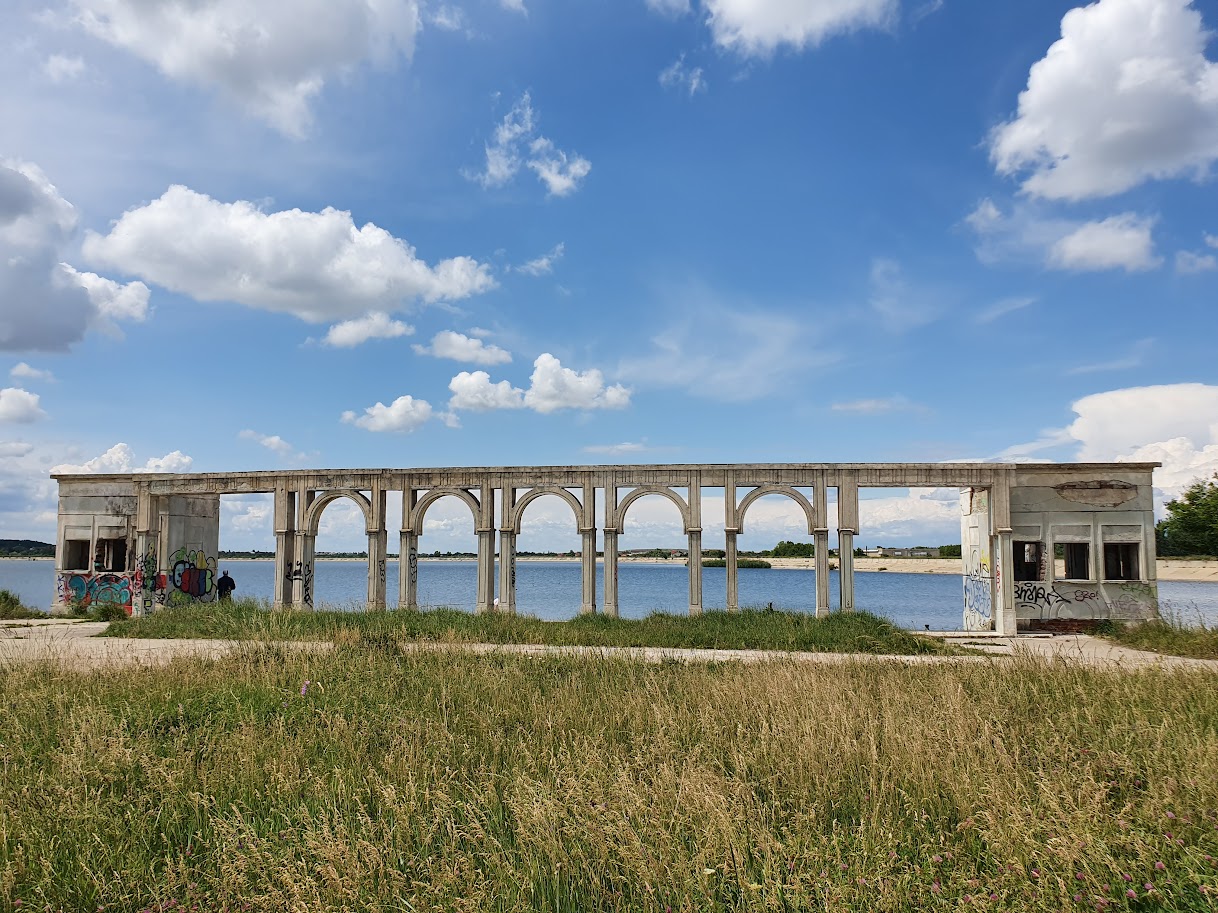
Photo: Island on Lake Morey
“These spheres cannot exist if they do not exist in the minds of people”
The first step is to protect these areas by establishing the status of urban conservation areas so that they are not destroyed, and then opening them to the public through minimalist landscaping, driveways, visitor routes and information boards.
- “Our dream is to have a network of urban natural areas, as there is a network of protected natural areas “Natura 2000”. Our interest in the medium and long term is to integrate urban biodiversity into city development plans in an administrative, official way, from a management point of view, because urban biodiversity exists in the life of the city, only it has to be recognized, on the one hand, by the communities , and on the other – by the state administration.
- These territories cannot exist if they do not exist in the minds of people, if the local community is not present, not aware, not involved. We don’t want to come from above and say we want a protected area. We would like to start working with people nearby, people who visit these areas.
- Then it is very important to have this partnership with the local authorities, so that the public authorities are with us, whether we are talking about the municipality, the Romanian Waters or other institutions that own the land, and start organizing the cleanup. , accessibility, establishing routes to visit with minimal intervention,” explained Dan Barbulescu, Director of the Association of the Natural Park Vaquerêşti.
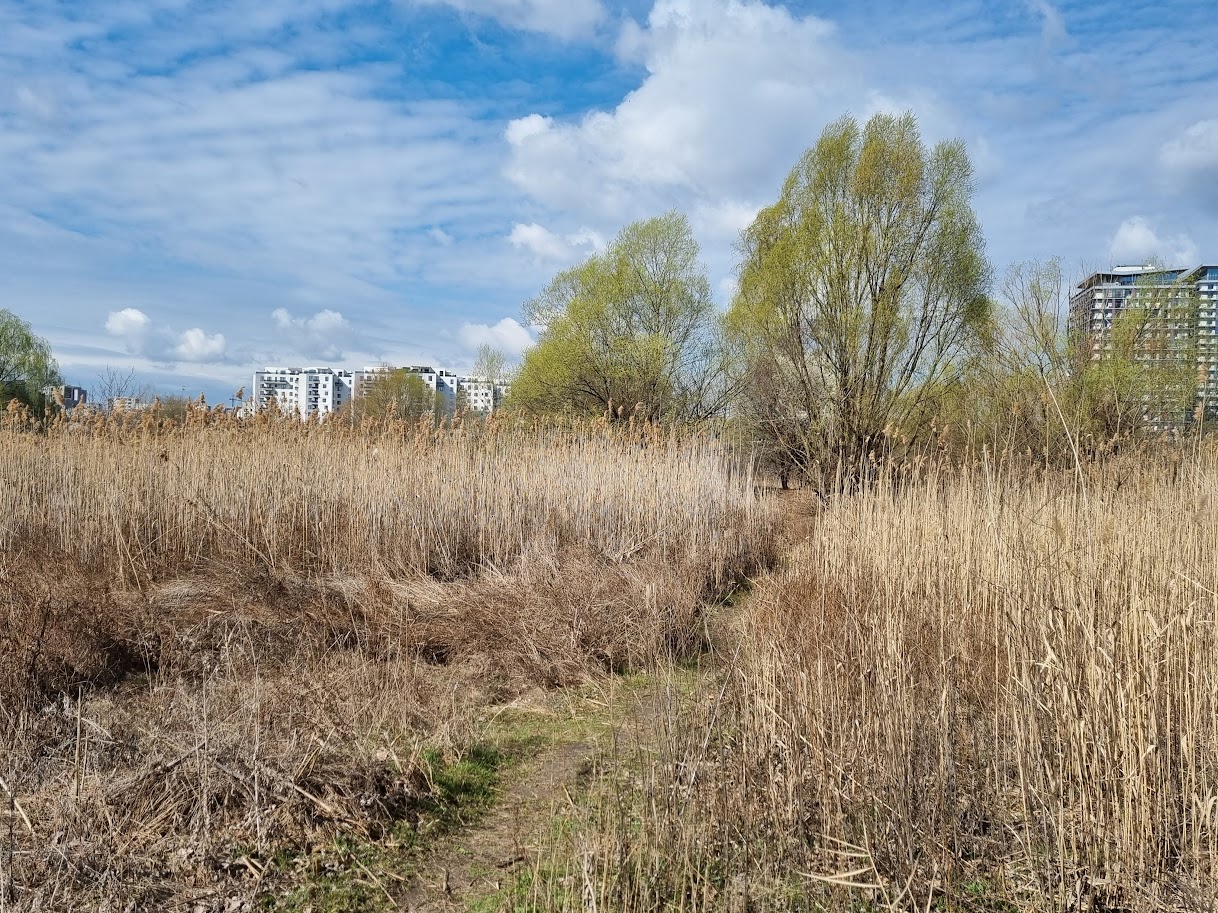
Photo: Văcărești Natural Park

Photo: Văcărești Natural Park
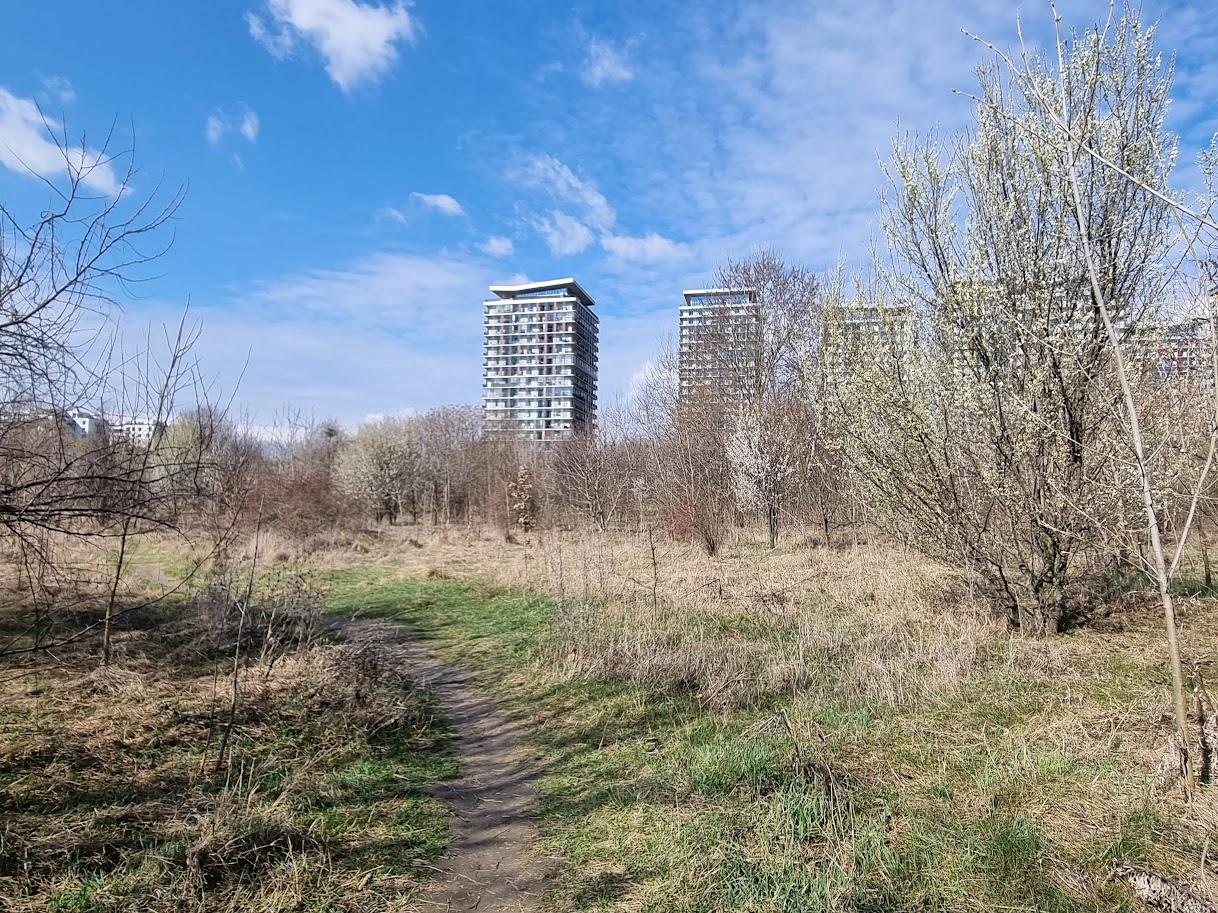
Photo: Văcărești Natural Park
According to him, depending on the openness of the authorities and the involvement of the district communities, this project may become a reality in the next 3-5 years.
“It took at least 10 years for Văcărești Nature Park to come under the management of the capital city hall. Now we have experience, we may need less. I say, somewhere in 3-5 years, as we develop the team and these partnerships with the local authorities,” says Dan Barbulescu.
The first “islands of biodiversity” will be opened on the shores of Kolentina.
The association already has partnerships with the Sector 2 City Hall and with ALPAB, and the first ‘biodiversity islands’ to be opened are those located on the banks of the Colentina. This year, the City Hall of Sector 2, together with the Order of Architects, is organizing a competition for solutions for arranging a green embankment on the banks of the lakes, and the work will begin next year.
- “We want more diversity on the lake shore. Salba de lacuri is a major project for sector 2. Some of the wilderness areas in salba de lacuri are particularly diverse. Together with the Văcărești Natural Park Association, we have agreed to cooperate to carry out minimal intervention in several areas of Sector 2.
- We have already identified two areas, but there are other areas that we are targeting. There we will have minimal interventions and we will adjust them together with them. Mainly we will create access and make some routes with panels, but these will be the only interventions, because nature has created some fabulous places there,” said the mayor of Sector 2, Radu Mihaj, for HotNews.ro.
Almost 2 years ago, the City Hall of Sector 2 also re-opened the Glass Park, a green area that remained derelict for 20 years, conquered by nature and designed in a minimalist way, without cobblestones, curbs, playgrounds and terraces, which is highly appreciated by the people. Bucharest for these things.
“We are not inventing hot water or the wheel, other large European cities already have natural areas”
If in Bucharest, only after 10 years of efforts, the Vaquereşti delta was saved and turned into a natural park, then in other European cities, which we look at with admiration, there are dozens of such places where nature is at home in the middle of the city. .
- “We started with the example of the Vakereshti Nature Park. We realized that it was fantastic what we achieved with this project, especially after it was taken over by the City Hall. For the first time, we managed to integrate the idea of biodiversity, urban nature, urban protected area into city plans.
- This led us to believe that we could export this example. We are not inventing hot water or the wheel, other large European cities already have natural areas. An example is Berlin, if you go to Berlin you get lost in the urban forests, I think Prague has more than 20 protected urban nature areas, Vienna is the same. These are cities that understand the value of nature, biodiversity, and green infrastructure for communities.
- Since a city without nature is a bankrupt city, it cannot exist. We see what is happening with the climate changes we are going through,” explained Dan Barbulescu.
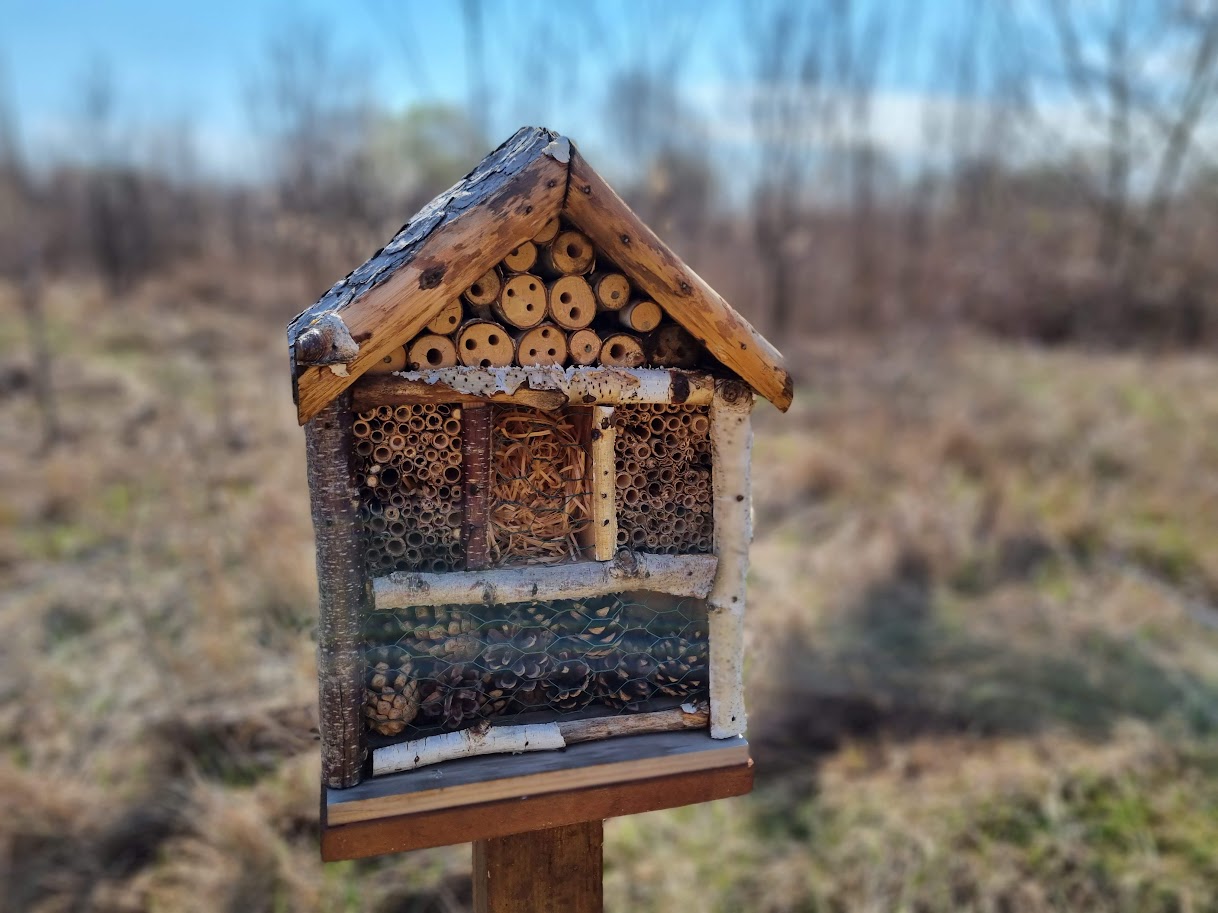
Photo: Delta Văcărești Insect Hotel
The next step is to connect these “islands of biodiversity” and create green corridors in the city. A small experiment in this sense is being conducted these days by the Văcărești Natural Park Association.
A small strip of land between Dâmbovița and Văcărești Natural Park will be transformed into an urban meadow, a kind of stopover for insects and birds leaving the protected area.
- “This is an experiment. We would like to connect the park with what is the Dambovitsa corridor, the green areas outside it, so that species, those that circulate more, birds, insects, have these places of refuge, so that the park gradually becomes an island of biodiversity, a reservoir of biodiversity.
- We don’t just want islands of biodiversity, we want spaces that extend, that communicate, so that species move from one place to another. We want to connect islands of biodiversity with these green corridors. Bucharest does not have a well-managed green infrastructure.
- It has green spaces, beautiful, large parks, but we need more attention to what we want from these areas, what are their functions. Are these just classic parks where people come to walk, or can they do something else, mitigate the effects of climate change, lower the temperature in the city in the summer?
- If we want it, they have to be connected, better maintained, a combination of territories: a meadow of honey plants like we plant here, an urban forest like the Băneasa forest, the Dâmboviței canal, all these combinations of habitats and landscapes to start communicating, that’s what , what we want,” explained Dan Barbulescu.
Source: Hot News
Ashley Bailey is a talented author and journalist known for her writing on trending topics. Currently working at 247 news reel, she brings readers fresh perspectives on current issues. With her well-researched and thought-provoking articles, she captures the zeitgeist and stays ahead of the latest trends. Ashley’s writing is a must-read for anyone interested in staying up-to-date with the latest developments.